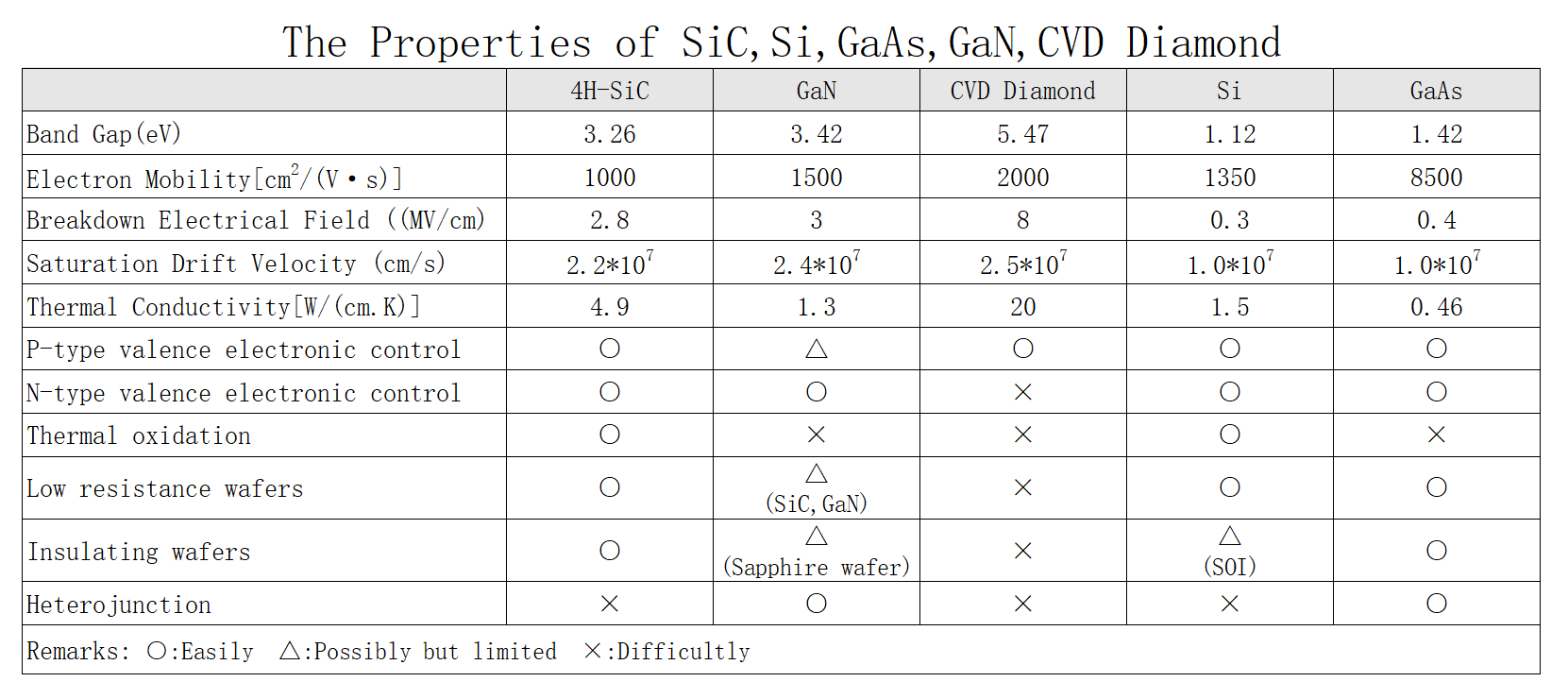
The prospects of SiC semiconductors in convenient electrical energy are extremely promising, with a sustained growth in their consumption. When utilizing electrical power, across processes ranging from power generation to consumption, there is a significant employment of semiconductor power devices in scenarios involving voltage and frequency conversions such as AC/DC transformations. These devices also find extensive application in terminal power electronic equipment, household appliances, railways, and other usage contexts. If these semiconductor power devices can achieve low loss and high performance, they hold the potential to substantially reduce power consumption losses, thereby contributing to alleviating environmental burdens. The ripple effects of such achievements are also immense.
Currently, nearly all semiconductor power devices are fabricated from silicon (Si) semiconductors, employing microfabrication techniques to pursue enhanced performance. However, Si is nearing its physical performance limits, and achieving further leaps in development is challenging. This is where the anticipation for SiC new-generation power semiconductors comes into play.
Let's delve into a specific comparison of the performance of various types of semiconductor materials below:

As semiconductor technology advances, Gallium Nitride (GaN) has become a core material in optoelectronics, rad...
With the rapid advancement of third-generation semiconductor technologies, Silicon Carbide (SiC) has emerged a...
As third-generation semiconductor materials such as silicon carbide (SiC) and gallium nitride (GaN) continue t...
